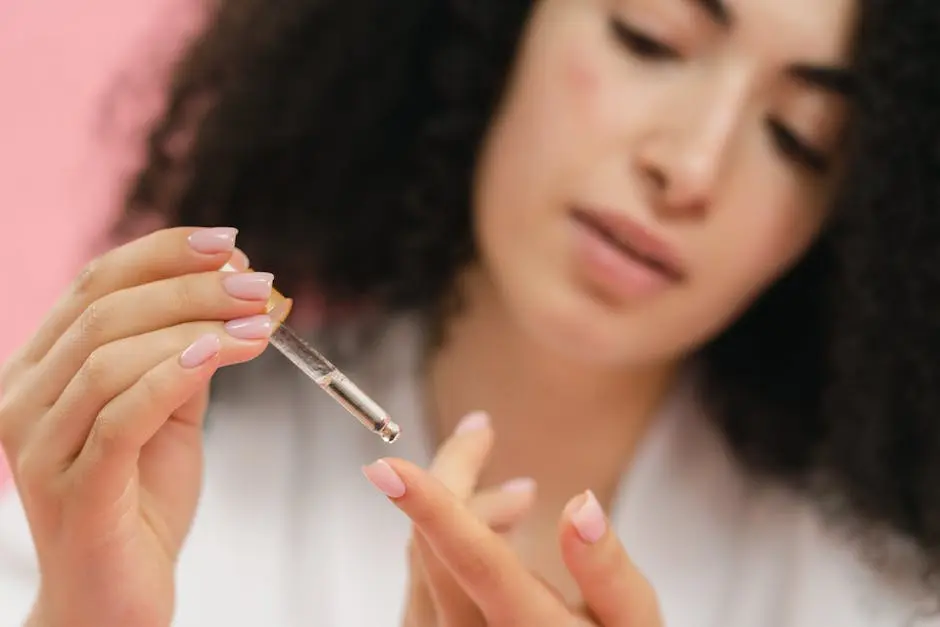Chemical peels are an increasingly popular option for those looking to enhance their skin texture. But how exactly do they work? In this guide, we’ll break down the benefits of chemical peels and the steps involved in the process so you can make an informed decision about whether they’re right for you.
Understanding Chemical Peels
Chemical peels use various acids to exfoliate the skin’s surface, promoting new skin growth. Knowing the basics helps in appreciating their effectiveness.
At their core, chemical peels work by applying a solution to the skin, which causes it to exfoliate and eventually peel off. This process reveals a new layer of skin that looks smoother and more youthful. The results can be quite impressive, especially for those struggling with uneven texture.
In addition to improving texture, many also enjoy the added benefits of brighter skin and enhanced radiance. The immediate result may be a bit tender or red, but with proper care, what emerges beneath can be truly transformative.
Types of Chemical Peels
There are superficial, medium, and deep chemical peels, each targeting different skin concerns. Learn which type might suit your needs best.
Superficial peels often use glycolic or salicylic acid and are perfect for first-timers. They provide a subtle refresh without significant downtime, making them ideal for those with busy schedules.
On the other hand, medium peels penetrate deeper and often utilize trichloroacetic acid. While they yield more noticeable results, they may require a few days of recovery. Lastly, deep peels, frequently using phenol, are reserved for more severe issues but demand a longer healing period.
Benefits of Chemical Peels for Skin Texture
Chemical peels can smooth rough patches, reduce fine lines, and enhance overall skin tone. Discover how each benefit contributes to improved skin texture.
One of the standout benefits of chemical peels is their ability to reduce the visibility of fine lines and wrinkles, particularly around the mouth and eyes. This occurs because the peeling process stimulates collagen production, leading to plump and youthful skin.
Moreover, those battling acne or scarring often find significant relief, as peels can clear away old skin and promote healing. The end result? A more even and refined skin texture that enhances your natural glow.
What to Expect During the Procedure
Understand the procedure, including sensation, duration, and post-peel care. Preparing yourself leads to a better experience.
Most patients describe the feeling during a chemical peel as similar to mild sunburn. The session lasts anywhere from 30 minutes to an hour, depending on the type of peel chosen. You might feel tingling or warmth during the application, but it’s generally well-tolerated.
It’s also essential to come prepared. Following a consultation with your skincare professional, they may recommend skincare adjustments in the days leading up to the procedure. Arriving with clean skin and a relaxed mindset can make a world of difference.
Aftercare Tips for Optimal Results
After your chemical peel, proper aftercare is crucial. Follow recommendations for sun protection and hydration to maintain your results.
Imagine your skin as a sensitive canvas after the procedure. It’s recommended to avoid direct sunlight for at least a week and to use sunscreen diligently. Hydration is equally important, as it helps the skin to heal more effectively.
Many experts also suggest using gentle, non-irritating products for a specified period. This helps in avoiding potential reactions and ensures your investment in skincare pays off in the long run.
Final Thoughts
In summary, chemical peels can significantly improve your skin texture by removing dead skin cells, stimulating collagen production, and addressing specific skin concerns. Remember to consult with a skincare professional to find the right peel for your skin type and goals. Happy pampering!











